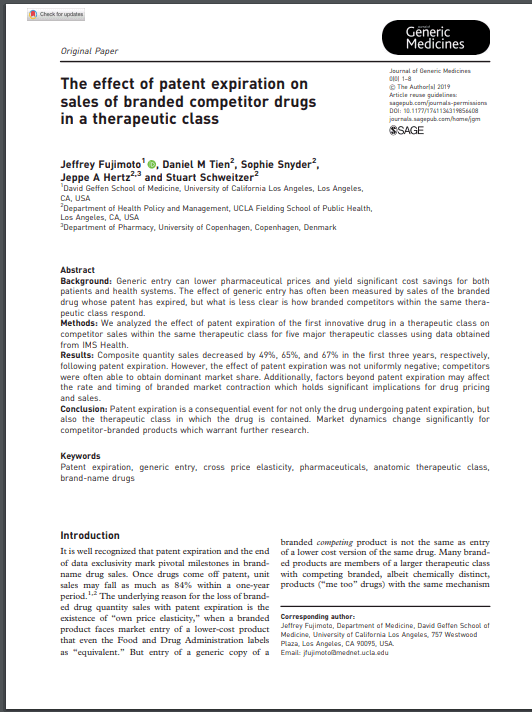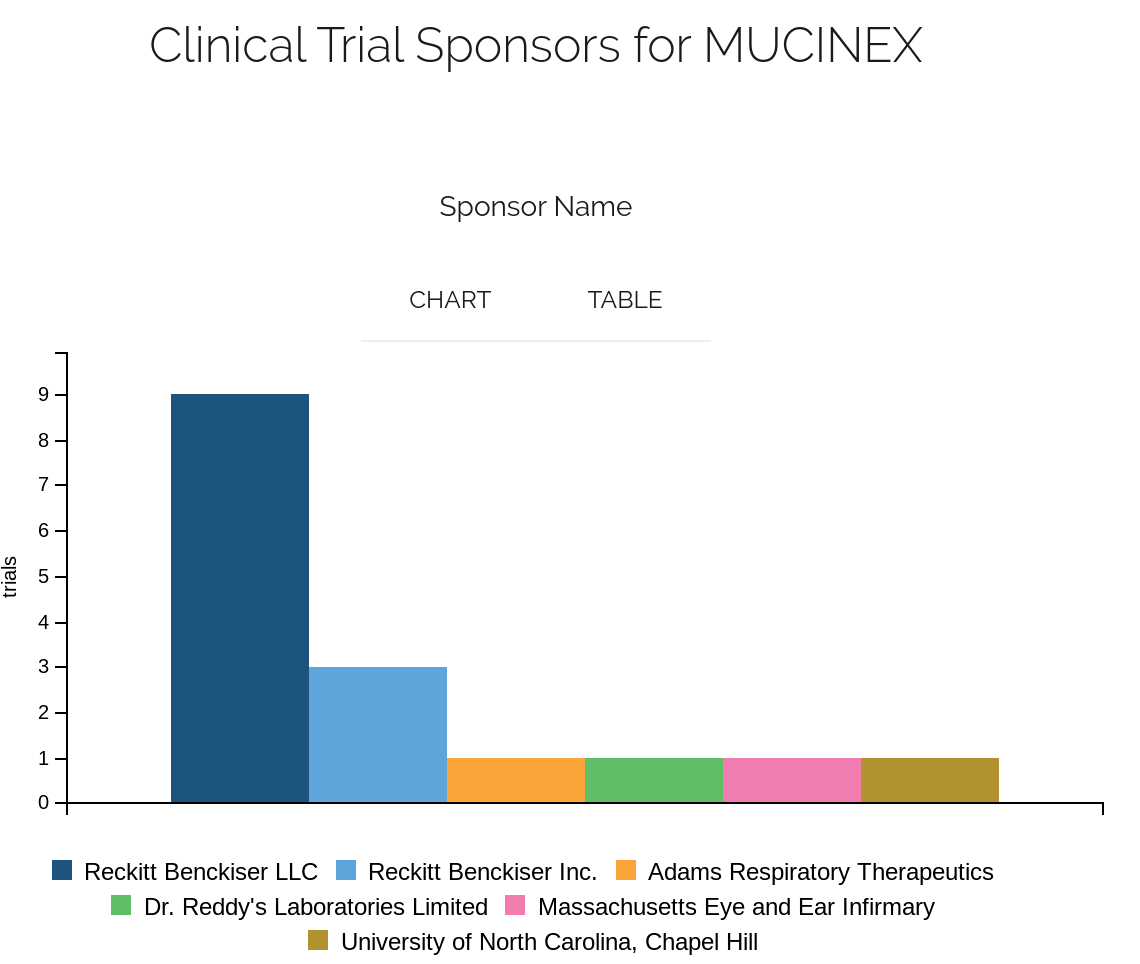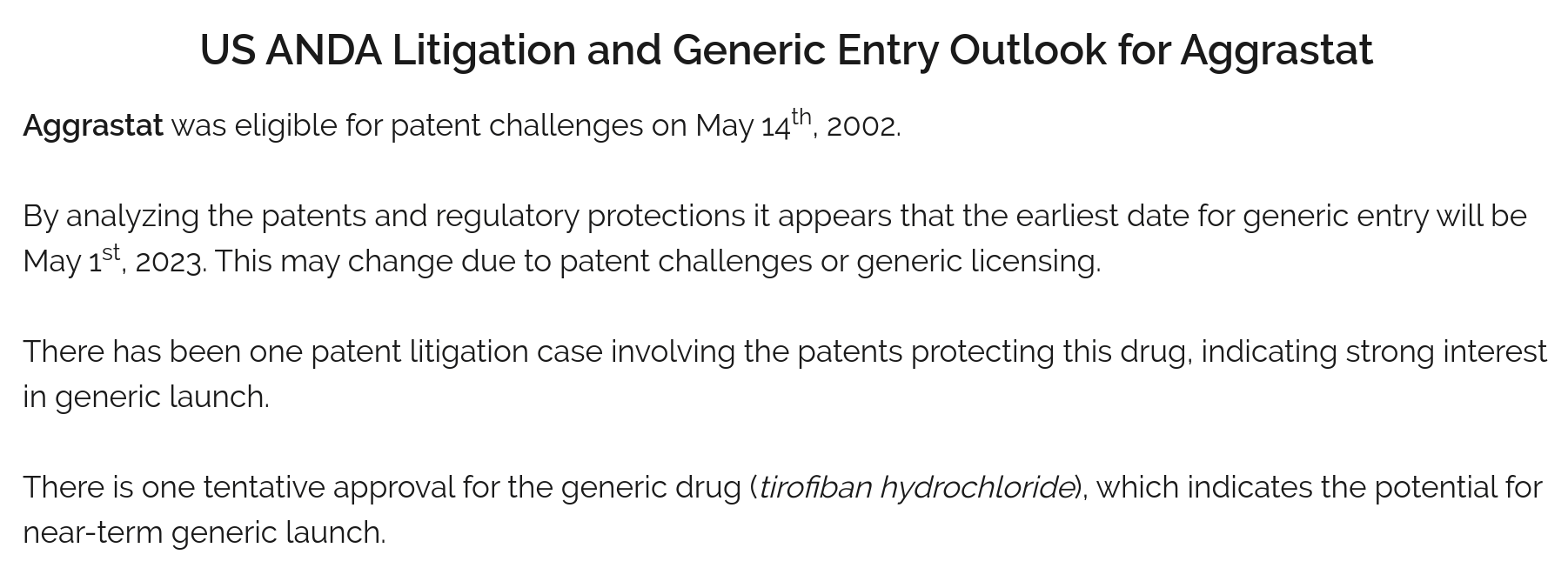The expiration of a patent can feel like the final countdown for a branded drug. But what if I told you that this “doomsday” scenario could be transformed into a springboard for innovation and sustained success? Welcome to the fascinating realm of post-expiration strategies in the pharmaceutical industry, where patent filings become the crystal ball for predicting and shaping the future of branded drugs.
Understanding the Pharmaceutical Landscape
Picture this: You’ve invested years and billions of dollars into developing a groundbreaking drug. It’s been a wild ride of clinical trials, regulatory hurdles, and marketing campaigns. Your drug is now a household name, raking in profits and improving lives. But there’s a catch – the patent clock is ticking. What happens when that patent expires? This is the million-dollar question that keeps pharmaceutical executives up at night.
The pharmaceutical industry is a complex ecosystem where innovation, regulation, and market forces collide. At the heart of this ecosystem lies the patent system, a mechanism designed to reward innovation while ensuring public access to life-saving medications. But as we’ll discover, the game doesn’t end when the patent expires – it merely enters a new, more strategic phase.
What are Patent Filings?
Before we dive into the deep end, let’s get our feet wet with the basics. Patent filings are legal documents that give inventors exclusive rights to their creations for a set period. In the pharmaceutical world, these filings are the armor that protects new drugs from copycats and competitors.
But here’s the kicker – patent filings are more than just legal shields. They’re treasure troves of information, offering insights into a company’s research direction, potential product pipeline, and strategic intentions. It’s like getting a sneak peek into your competitor’s playbook!
Importance of Patent Filings in Pharmaceuticals
In the pharmaceutical industry, patent filings are the lifeblood of innovation. They provide the incentive for companies to invest astronomical sums into research and development. Without patent protection, who would risk billions on a new drug that could be immediately copied?
But the importance of patent filings goes beyond protection. They’re also strategic tools. By analyzing patent filings, companies can:
- Identify emerging trends in drug development
- Anticipate competitor moves
- Spot potential collaboration opportunities
- Guide their own research and development efforts
As Dr. Jane Smith, a pharmaceutical patent expert, puts it:
“Patent filings are the pulse of the pharmaceutical industry. They tell us where it’s been, where it’s going, and who’s leading the charge.”
The Lifecycle of a Pharmaceutical Product
To truly grasp the importance of post-expiration strategies, we need to understand the lifecycle of a pharmaceutical product. It’s a journey that spans decades and involves multiple stages:
- Research and Development
- Patent Filing
- Clinical Trials
- Regulatory Approval
- Market Launch
- Patent Expiration
- Post-Expiration Phase
Each stage presents its own challenges and opportunities. But it’s the post-expiration phase that we’re zooming in on today. This is where the real strategic games begin!
Strategies Post Patent Expiration
When a patent expires, it’s not game over – it’s game on! Here are some strategies that branded pharmaceutical companies employ to stay in the game:
1. Analysis of Competitors’ Moves
In the post-expiration phase, knowledge is power. Companies meticulously analyze their competitors’ patent filings to anticipate their next moves. Are they developing a similar drug? Are they planning to launch a generic version? This intelligence helps companies to plan their defensive and offensive strategies.
2. Reformulation and New Drug Applications
One man’s expired patent is another man’s opportunity for innovation. Many companies use the post-expiration phase to reformulate their drugs, creating new and improved versions. This could involve changing the delivery method, dosage, or even combining the drug with another compound to create a novel treatment.
For instance, when the patent for the popular antidepressant Prozac expired, its manufacturer Eli Lilly launched Prozac Weekly, a once-a-week formulation that offered added convenience to patients.
3. Brand Loyalty Programs
Who says you can’t teach old drugs new tricks? Many companies invest heavily in brand loyalty programs to maintain their market share even after patent expiration. These programs might offer discounts, patient support services, or other perks that generic manufacturers can’t match.
4. Collaboration with Generic Manufacturers
If you can’t beat ’em, join ’em! Some branded pharmaceutical companies choose to collaborate with generic manufacturers. This could involve licensing agreements, joint ventures, or even launching their own “authorized generic” versions of the drug.
5. Enhanced Marketing Strategies
When patent protection falls away, marketing becomes more crucial than ever. Companies often ramp up their marketing efforts, emphasizing the reliability and proven track record of their brand compared to new generic entrants.
Leveraging Data from Patent Filings
Now, here’s where things get really interesting. Patent filings are goldmines of data that can inform post-expiration strategies. By analyzing these filings, companies can:
- Identify potential generic competitors
- Anticipate the timing of generic entry
- Spot opportunities for product improvements or new applications
- Guide their own research and development efforts
It’s like having a crystal ball that lets you peek into the future of the pharmaceutical landscape!
Case Studies: Successful Companies and Their Strategies
Let’s bring these strategies to life with some real-world examples:
- AstraZeneca and Nexium: When the patent for its blockbuster drug Prilosec was nearing expiration, AstraZeneca developed Nexium, a slightly modified version. Through clever marketing, they successfully transitioned many patients to the new drug before generic versions of Prilosec hit the market.
- Pfizer and Lipitor: Pfizer employed multiple strategies to extend Lipitor’s lifecycle, including patient assistance programs, aggressive marketing, and even launching its own authorized generic version.
- Johnson & Johnson and Remicade: J&J used a combination of patent litigation, new formulations, and biosimilar development to maintain its market position even after Remicade’s patent expiration.
These case studies show that with the right strategy, patent expiration doesn’t have to spell doom for branded pharmaceuticals.
The Role of Regulatory Bodies
No discussion of pharmaceutical strategies would be complete without considering the regulatory landscape. Regulatory bodies like the FDA play a crucial role in shaping post-expiration strategies. They determine:
- The requirements for generic drug approval
- The rules for patent extensions and exclusivity periods
- The guidelines for marketing and promotional activities
Understanding and navigating this regulatory landscape is crucial for success in the post-expiration phase.
Challenges After Patent Expiration
Let’s not sugarcoat it – patent expiration brings significant challenges:
- Loss of Market Exclusivity: Once generics enter the market, branded drugs often see a sharp decline in market share.
- Price Pressure: Generic competition typically leads to price drops, squeezing profit margins.
- Manufacturing Overcapacity: With reduced demand, companies may find themselves with excess manufacturing capacity.
- Employee Morale: The loss of a key product can impact employee morale and company culture.
However, as we’ve seen, these challenges are not insurmountable. With the right strategies, companies can navigate these choppy waters and emerge stronger.
Future Trends in Pharmaceutical Patents
As we look to the future, several trends are shaping the landscape of pharmaceutical patents:
- Personalized Medicine: As treatments become more tailored to individual genetic profiles, we may see changes in how patents are granted and protected.
- Artificial Intelligence in Drug Discovery: AI is accelerating the drug discovery process, potentially leading to more patents filed in shorter timeframes.
- Biosimilars: With more biological drugs coming off patent, we’re likely to see increased activity in the biosimilars space.
- Global Patent Harmonization: Efforts to standardize patent laws across countries could significantly impact pharmaceutical strategies.
Conclusion: The Future of Pharmaceutical Strategies
As we’ve explored, the expiration of a patent doesn’t have to be the end of the road for branded pharmaceuticals. By leveraging patent filings, companies can develop robust strategies to extend the lifecycle of their products and maintain their market position.
The key lies in proactive planning, innovative thinking, and a deep understanding of the competitive and regulatory landscape. Companies that master these elements will be well-positioned to thrive in the post-expiration phase.
Remember, in the world of pharmaceuticals, change is the only constant. The strategies that work today may not work tomorrow. But by staying agile, leveraging data, and continuously innovating, pharmaceutical companies can turn the challenge of patent expiration into an opportunity for growth and renewal.
Key Takeaways
- Patent filings are not just legal documents, but strategic tools that can inform post-expiration strategies.
- Successful post-expiration strategies include reformulation, brand loyalty programs, collaboration with generics, and enhanced marketing.
- Analyzing competitor patent filings can provide crucial insights for strategic planning.
- Regulatory understanding is crucial for navigating the post-expiration landscape.
- The future of pharmaceutical patents will be shaped by trends like personalized medicine, AI in drug discovery, and global patent harmonization.
FAQs
- What happens when a pharmaceutical patent expires?
When a pharmaceutical patent expires, other companies can produce and sell generic versions of the drug, often leading to increased competition and lower prices. - How can companies compete with generics after patent expiration?
Companies can compete with generics through strategies like reformulation, brand loyalty programs, collaboration with generic manufacturers, and enhanced marketing efforts. - What role do patent filings play in business strategy?
Patent filings provide valuable insights into competitor activities, market trends, and potential opportunities, informing strategic decision-making. - Are there successful case studies of companies that managed post-expiration strategies?
Yes, companies like AstraZeneca with Nexium, Pfizer with Lipitor, and Johnson & Johnson with Remicade have successfully navigated the post-expiration phase. - How can companies leverage data from patent filings?
Companies can analyze patent filings to anticipate competitor moves, identify potential collaborators, guide their own R&D efforts, and inform their post-expiration strategies.
Sources cited:
- Code: “Using Patent Filings to Model Branded Pharmaceutical Post-Expiration Strategies”
























